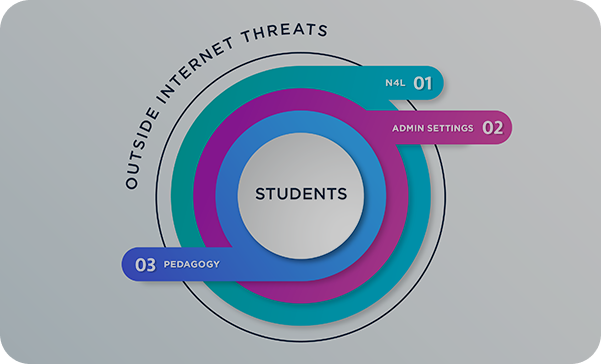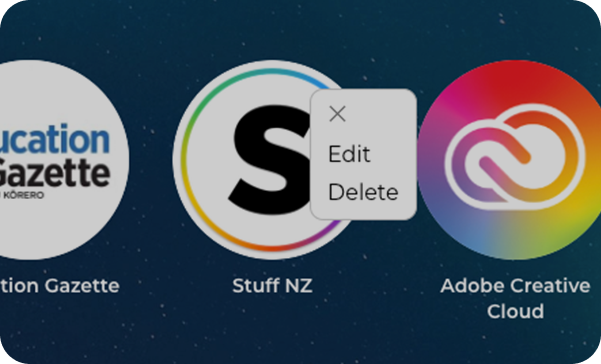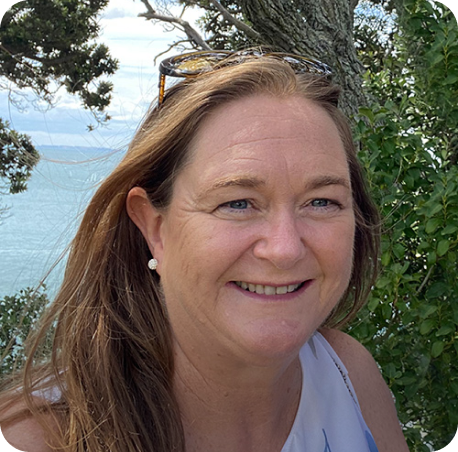What's going on?
TTS is excited to share the news that we are now offering PLD workshops specifically designed for Teacher Aides funded by the Ministry of Education.
How does this effect schools?
Teacher aides will be invested in and that’s such great news for schools. Costs for the PLD are covered by the MoE. This includes the courses, the wages of the teacher aide, and in some cases a contribution to the costs of travel.
What can I learn?
We are providing the following Teacher Aide courses.
TTSE01
Understanding neurodiversity
Understanding neurodiversity
In this course, teacher aides will be introduced to the different types of neurodiversity and how they can manifest in our ākonga within the classroom context. Teacher aides will gain an understanding of neurodiversity including autism, dyslexia, dyscalculia, ADHD, ODD etc. This neurodiversity often leads to challenging behaviour, which our facilitator has been trained to manage.
In addition, course attendees will gain an insight into a trauma informed approach to behaviour. Facilitation will include presentations and facilitator anecdotes about real experiences and how to recognise, approach and manage challenging behaviour within the classroom.
TTSE02
How to support neurodiverse learners in the classroom
How to support neurodiverse learners in the classroom
In this course, teacher aides will be introduced to the social model of disability versus the medical model, with explanation as to why this is important. This knowledge will support the creation of activities that build on ākonga strengths, and therefore meet individual needs.
Teacher aides will be supported to learn about how accommodations can be made in the classroom to meet the specific needs of neurodiverse and of learners with additional needs.
The learning will be approached through a trauma-informed lens to support the growth and development of all learners, but particularly those with neurodiversity.
There will also be a focus on navigating successful transitions; between subjects, break times, coming to school and leaving school, between classes and ultimately between schools themselves.
TTSE03
Challenging behaviour: How to manage in the classroom
Challenging behaviour: How to manage in the classroom
In this course, teacher aides will be introduced to how to utilise trauma informed practices when dealing with adverse behaviour in the classroom. Teacher aides will be supported to see the distinct differences between the traditional behaviourist approaches (punishments and rewards) to a relationship-based approach (negotiated and strength based).
We will be discussing how to identify internalised vs externalised behaviours and will look at ways of dealing with both.
Teacher aides will learn about the different types of engagement commonly seen in the classroom and will be given tools to effectively increase engagement, thereby reducing the need to deal with negative behaviours.
TTSE04
Boys and literacy: how to support and engage
Boys and literacy: how to support and engage
In this course, Dr. Phill Simpson will discuss the how and whys of a good literacy program in the primary classroom. Dr. Simpson will discuss and provide examples of good practice in oracy, reading, writing and spelling, with a particular focus on writing, and how teacher aides can help with the writing process. Many of these strategies are focused on how to engage boys in literacy tasks, and how to make these activities engaging and fun.
Furthermore, Dr. Simpson elaborates on his ideas around the need for teacher aides to be storytellers, rather than writers themselves, in order to encourage and facilitate interest in literacy.
TTSE05
Introduction to digital literacy and fluency
Introduction to digital literacy and fluency
How can we support kaiako and ākonga when there is technology involved? In this course we will cover common digital practices used in the classroom, including the use of email, file management and cloud-based drives.
How do teachers intend student student to learn using technology? What are the dos and don’ts? We’ll look at Google Classroom and how it can be employed in the classroom.
How to support ākonga with problem solving, staying on task, taking breaks, and picking up where you left off.
TTSE06
Digital strategies to communicate with learners and teaching staff
Digital strategies to communicate with learners and teaching staff
Using digital devices is challenging for many of us. This course is designed for those who feel nervous about technology. We’ll learn about email, Google Docs, Google Classroom, and Microsoft Teams.
The course is at a very basic level. We will work at an easy pace and repeat learning tasks in order to consolidate learning. This course is intended for Teacher Aides with low confidence with technology.
How can we make this happen?
Teacher Aides can apply for PLD. You’ll need:
- Your Education Sector Login (ESL). Get this from your school.
- Your payslip (you need your exact pay step and hourly rate).
- To apply for each course separately. If you want to do more than one course you go through the application process again.
- Once your principal has received your approval email they need to forward it to pl@tts.co.nz to confirm your enrolment.
Our team can help with all of this. If you’ve worked with TTS PLD before, you know that we’re really good at making complicated things as simple as possible. Get in touch today to learn more and get started.
Ready to go? Click here to access the application for Teacher Aide PLD.








